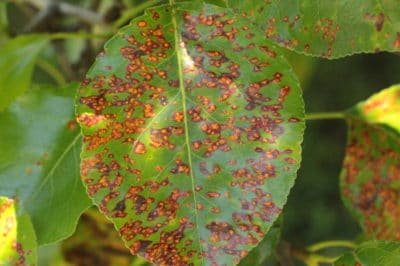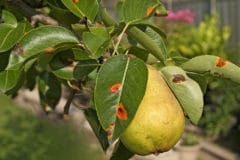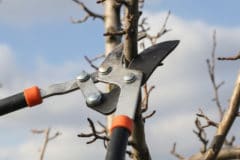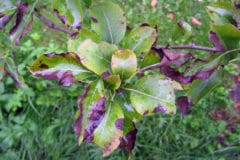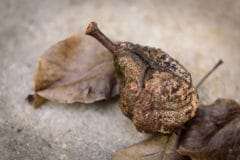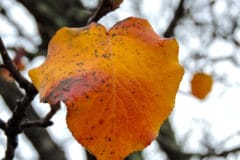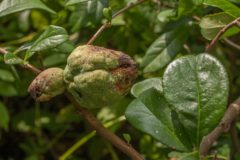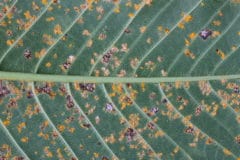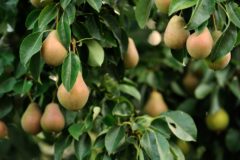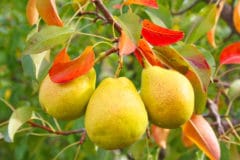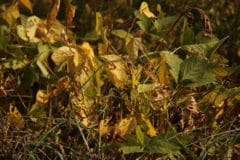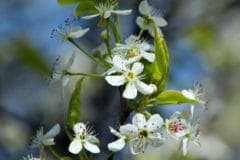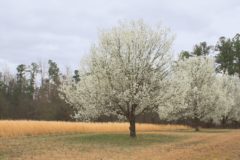Types Of Rust
There are three common types of pear rust disease. Farmers and gardeners will benefit from determining which is infecting their trees. Each strain overwinters in a specific host plant. A host plant must be growing within 1000 feet for fruit trees to remain infected.
- Trellis Rust – yellow/orange spots infect leaves, twigs, and fruit. Fruit mummify on the tree.
- Pacific Coast Rust – Yellow spots after flowering appear. Fruit becomes spotted and drops prematurely.
- European Rust – Orange spots in summer and fall on leaves. Jelly-like substance oozes in spring.
Host Plants
The fungal spores survive through the dormant season by living on a host plant. The host plants for both Trellis rust and European rust are juniper trees (Pyrus and Juniperus). Pacific Coast rust over-winters on incense cedar (Calocedrus decurrens).
Look for these species planted within 1000 feet of your infected pear tree. Inspect them for signs of rust on the tips and new growth. Remove all host plants within the vicinity of infected fruit trees. If it is concentrated in one area of the tree, you can cut that part out and observe the rest over time.
Prevention and Treatment
Rust is easier to prevent than to combat. Prune pear trees when they are young to provide plenty of air-flow. Mulch with finished compost and avoid piling green material, leaves, or straw around the base of trees. Make sure the soil drains well and does not create standing water.
Always remove infected leaves, branches, and fruit. Once rust is diagnosed your goal is to dry out the fungus and prevent it from over-wintering. Get rid of host plants to the best of your ability. Prune out all branches that overlap, crowd each other, or come off at less than 60-degree angles. If you prune the tree while it is dormant in late winter, you can remove quite a bit of growth without hurting it.
Do not use nitrogen-heavy fertilizers on pear trees. These will encourage lots of new young growth, but this is the most susceptible to infection. You want to give the tree a chance to recover and remove all trace of the fungus before encouraging new growth.
Bring in predatory insects to reduce disease-spreading insect populations. Aphids, whiteflies, and mites are all known to carry rust from one tree to the next.
